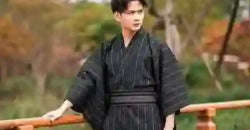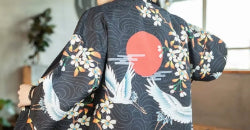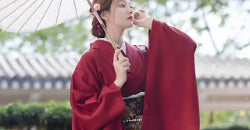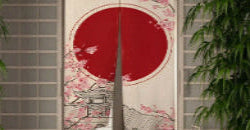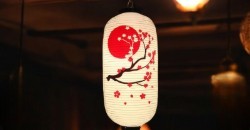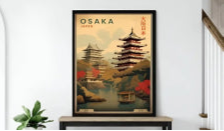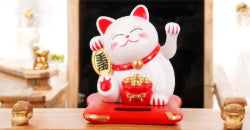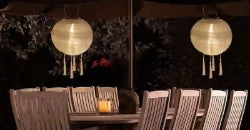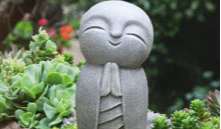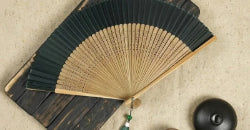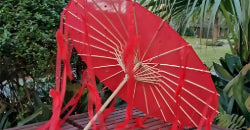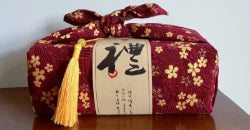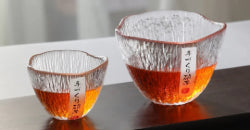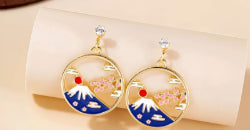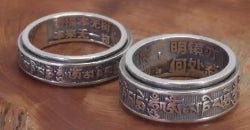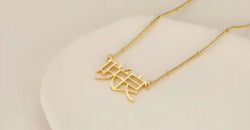Japanese Haiku: The World's Smallest Poem
Japanese Haiku: The World's Smallest Poem and Its Immense Cultural Impact
Haiku , a short and evocative poem, is one of Japan 's most famous and beloved poetry forms . With its 17 syllables spread across three lines, it captures a fleeting moment in life, a subtle emotion, or an image from nature, transforming the ephemeral into the eternal. Despite its brevity, haiku has a depth and simplicity that has won hearts not only in Japan, but around the world.
The Distinctive Characteristics of Japanese Haiku
Haiku is distinguished by its minimalist structure, which contrasts with its ability to evoke powerful images and deep feelings. But what makes Japanese haiku so unique?
A structure of 17 syllables
The traditional structure of a Japanese haiku is based on 17 syllables divided into three lines: 5 syllables for the first line, 7 for the second, and 5 for the last. This formal constraint forces the poet to choose his words carefully, each syllable comprising a key to convey the essence of the captured moment.
Evoking ephemeral beauty and simplicity, haiku also inspires the world of decoration. Minimalist and evocative, it resonates in spaces where harmony and subtlety are celebrated. If you are looking for Japanese decorative objects to enhance your living space, discover them on our site.
Kigo: The Evocation of the Seasons
Another key element of haiku is the kigo , a word or phrase that indicates the season the poem refers to. This can be explicit, such as using the words "winter" or "spring," or implicit, through imagery such as "falling leaves" for autumn or "cherry blossoms" for spring. The kigo anchors the haiku in the natural cycle, thus characterizing the impermanence of things.
Kireji: The Poetic Caesura
Haiku often uses a kireji , or hyphenation word, to create a pause or break in the poem, thus introducing a juxtaposition of images or ideas. This contrast adds depth to the poem, inviting the reader to reflect on the relationship between the two parts.
Simplicity and depth
Haiku is a form of poetry that embraces simplicity. Yet, behind this apparent simplicity lies a depth that requires a complete mastery of the poetic art. Haiku must be accessible to all, yet capable of suggesting complex emotions and profound thoughts.
A meditative poetry
More than just a poem, a haiku is an invitation to meditation. It captures a moment in time, while evoking the passage of time, melancholy, and the fleeting beauty of nature. Haiku often engages the five senses to evoke intense emotions in the reader.
The Origins of Haiku: A Poetic Evolution
The haiku we know today is the result of a long poetic evolution in Japan. Its roots date back to the Heian period (794-1185), with the emergence of the tanka , a 31-syllable poem. Over time, this format evolved, giving rise to shorter and more accessible forms, such as the haikai no renga , a humorous collective poem practiced by 16th-century aristocrats.
The influence of Haikai Renga
Haikai renga is one of the more advanced forms of haiku . Composed collaboratively by several poets, this type of poem was appreciated for its playfulness and generally bawdy tone. However, over the centuries, it evolved into a more serious and introspective form of poetry.
Basho Matsuo: The Father of Haiku
In the 17th century, poet Basho Matsuo played a crucial role in transforming haiku into a distinct and respected poetic form. He simplified and codified the genre, removing the humorous elements of renga haikai to focus on the essential: capturing the beauty of the present moment. Under his influence, haiku became a form of poetic expression closely linked to nature and Zen philosophy.
Shiki Masaoka: The Evolution of Modern Haiku
In the 19th century, Shiki Masaoka popularized the term haiku , a contraction of "haikai no hokku." He is often considered one of the greatest haiku poets , having written nearly 25,000 poems in his lifetime. His contributions allowed haiku to flourish and diversify, influencing generations of poets in Japan and around the world.
How to Write a Haiku in French: Practical Guide
Writing a haiku in French can seem daunting due to its concise structure and strict rules, but it is also an extremely rewarding poetic exercise. Here are some steps to guide you in creating your own haiku .
Find inspiration
The first step in writing a haiku is to find a source of inspiration. Nature is usually a central theme in haiku , so a walk in a park or forest can be a great starting point. Observe subtle changes in the environment, colors, sounds, and let your emotions guide you.
Syllable structure
In French, as in Japanese, a haiku consists of three lines with a syllabic structure of 5/7/5. This constraint forces you to choose your words carefully, ensuring that every syllable counts.
- First version: 5 syllables
- Second verse: 7 syllables
- Third verse: 5 syllables
Inclusion of a Seasonal Word (Kigo)
Don't forget to include a kigo to anchor your haiku in a particular season. This can be explicit, such as defining winter or spring, or more subtly, such as evoking the window shade for winter or cherry blossoms for spring.
Use of Caesura (Kireji)
In French, a caesura can be marked by a dash, a comma, or even a capital letter at the beginning of a word in the second or third line. This pause creates a juxtaposition of images or ideas, adding depth and an element of surprise to your haiku .
Famous Haikus: A Source of Inspiration and Wonder
For those interested in delving into the world of haiku , reading famous haikus is a great way to gain inspiration and understand the subtleties of this poetic form. Japanese poets like Matsuo Basho , Yosa Buson , Kobayashi Issa , and Masaoka Shiki wrote haikus that continue to touch readers around the world with their simplicity, beauty, and evocative power.
Examples of Famous Haikus
Although I cannot reproduce famous haikus exactly for copyright reasons, here are some examples inspired by their style:
-
Bright spring
The cherry blossoms are dancing
The wind carries them away -
Frozen winter night
The moon illuminates the snow
Silence reigns -
Spring Stream
Frogs are jumping happily
In the light rain
These examples illustrate how haiku captures the essence of a moment, evoking a vivid image and deep emotion in just a few words.
Conclusion: Haiku, a Universal Poetry
Haiku , with its minimalist structure and evocative power, is much more than just a poetic form. It is a way of seeing the world, capturing the present moment with a clarity and simplicity that transcends cultural and linguistic barriers. Whether you are in Japan or elsewhere, writing and reading haiku invites you to slow down, observe, and appreciate the fleeting beauty of life.




